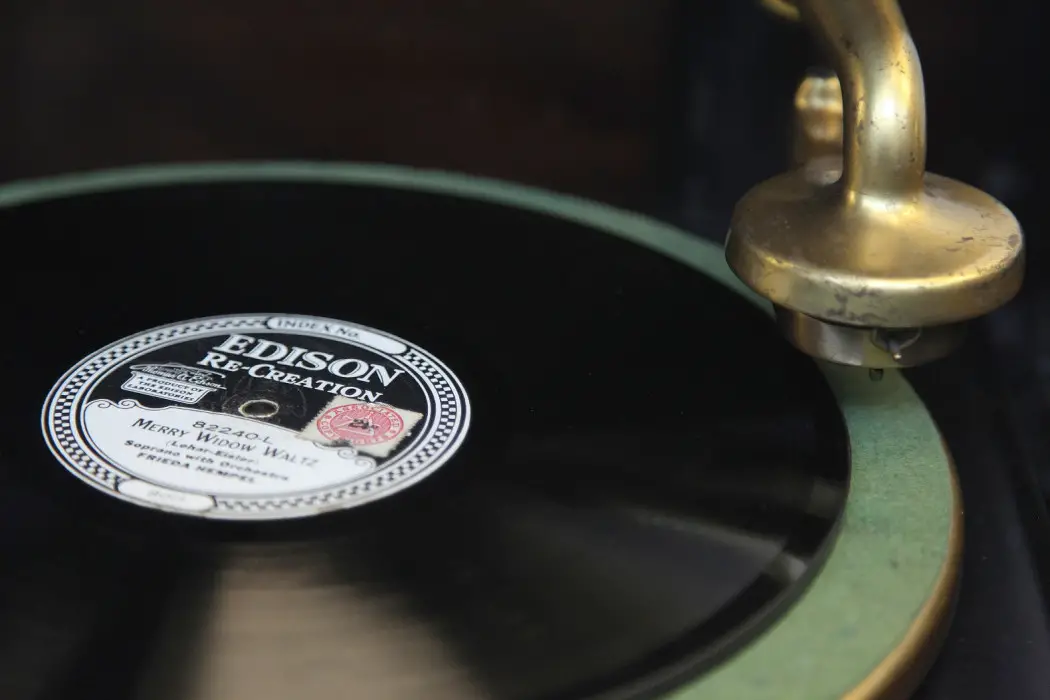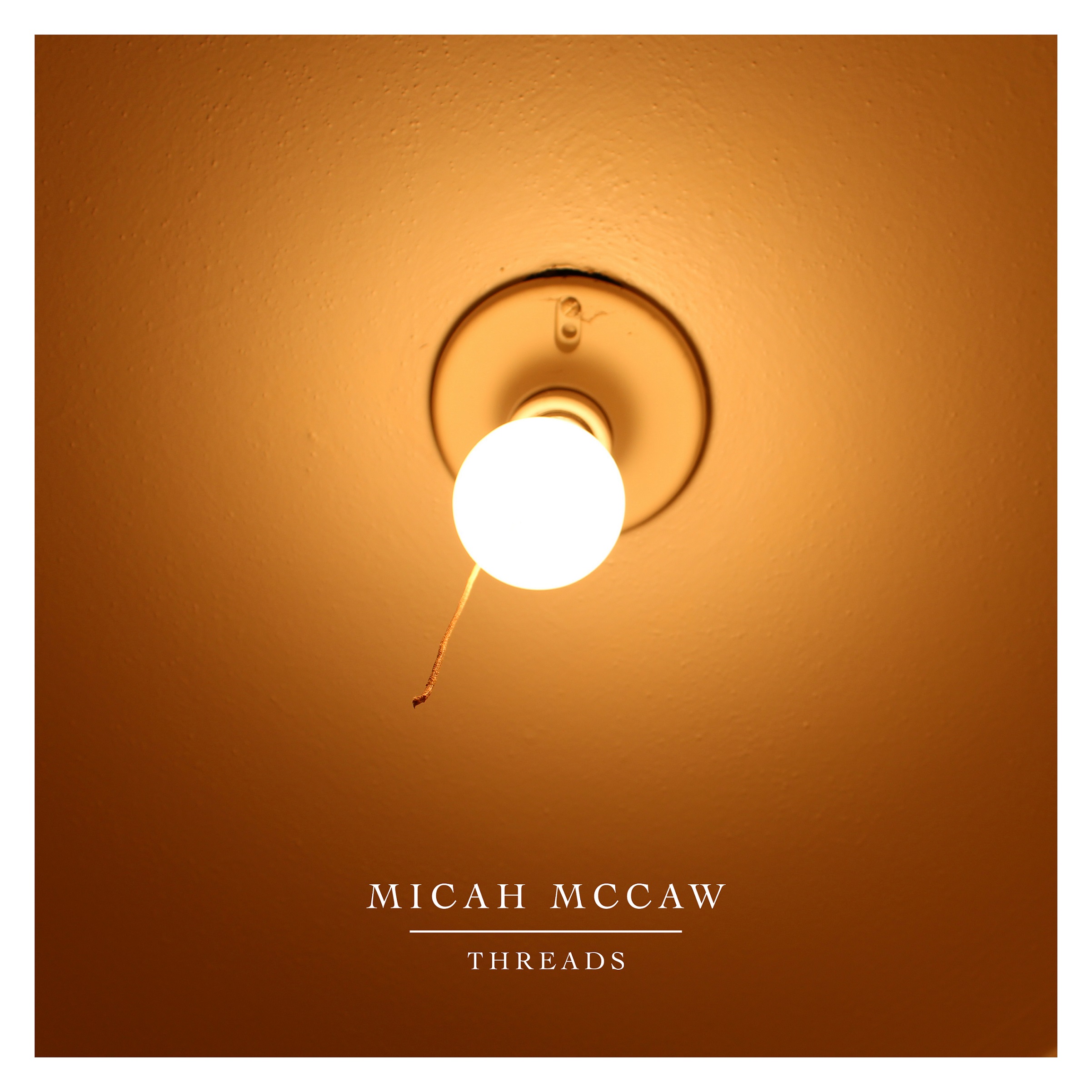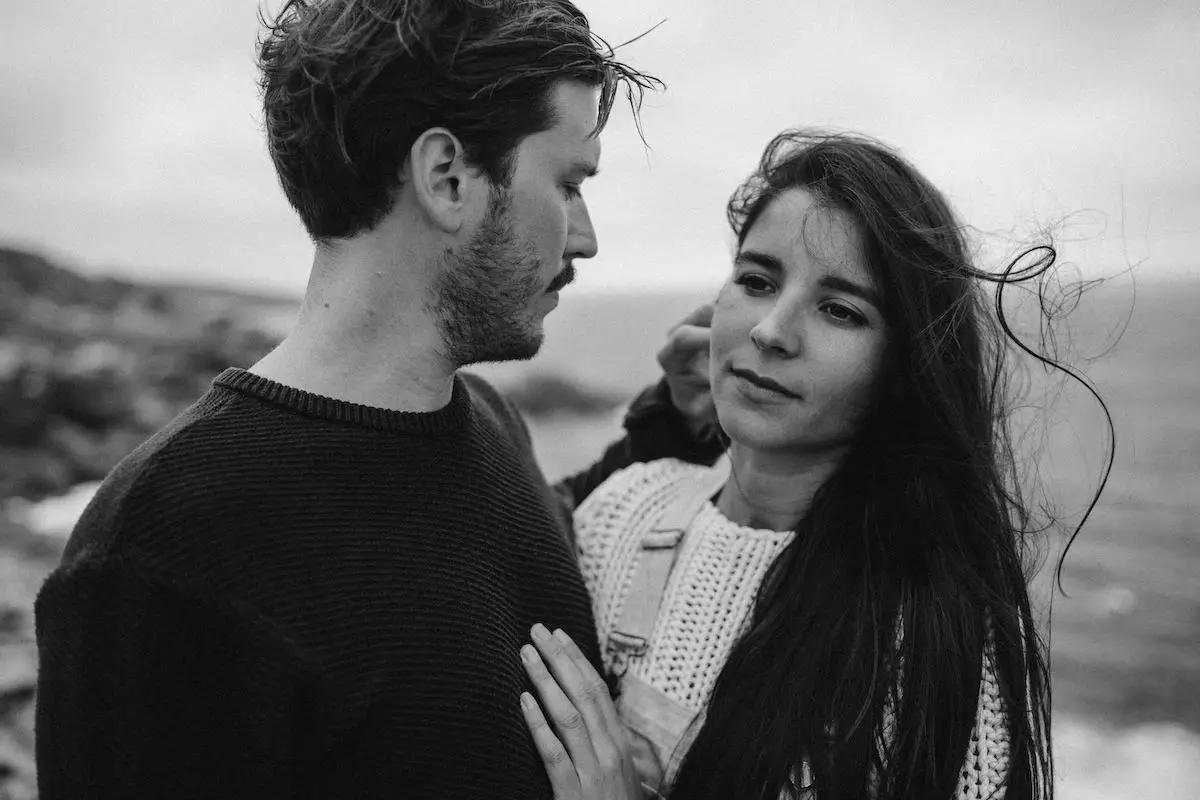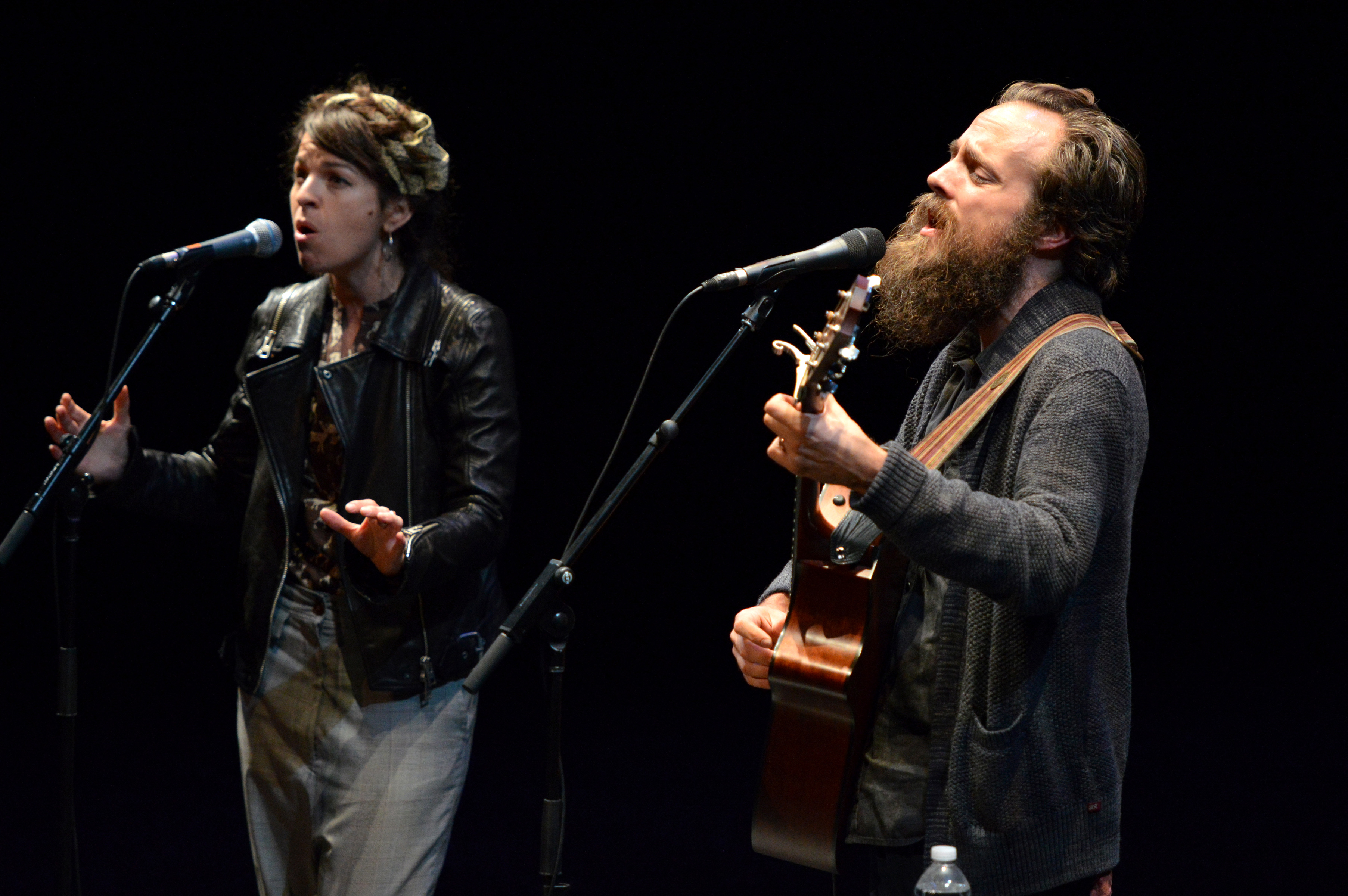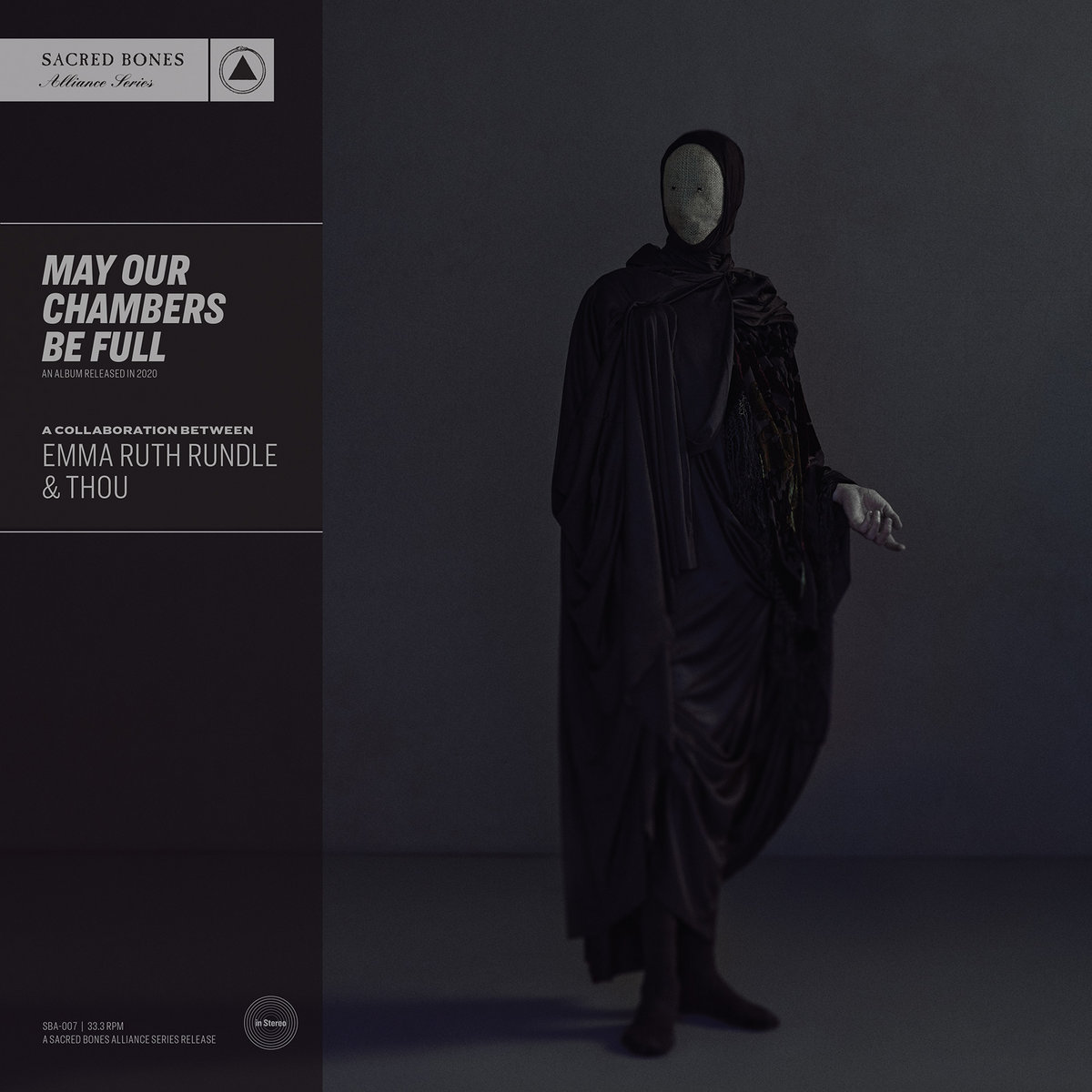Rachel James (Dearling) provides an exploration of the current state of the music business and why songs from decades long gone still dominate.
by guest writer Rachel James
— —
I gig a lot. And when I say a lot, I mean that through the summer and fall just my weekends often entail at least three shows if not more. The dead of winter might have me down to two shows a week, but often at least one of those shows has me playing and singing for three or more hours. I’ve learned a lot of music, I’ve written a lot of music, and I’ve observed the response of a live audience to all sorts of genres and decades of music. I can tell you that “I Will Survive” is always a showstopper. If you play “Man, I Feel Like A Woman,” most women in the room scream, grab for another female hand, and dance their way in front of the band, fulfilling their “prerogative to have a little fun.” “Play That Funky Music White Boy” gets requested way more than you think, and “Billie Jean” usually ends up with a large group of folks in a circle daring each other to dance to the middle and show off their moves. I’ve gotten requests for Third Eye Blind and John Prine, Dolly Parton and Fleetwood Mac. From Millennials to Baby Boomers, I hear the same requests from the same eras.
I think it’s more interesting what I’m not hearing.
I almost never hear a request for anything happening right now. To be fair, I did have the one guy ask me to play Drake at my solo acoustic guitar gig. I had to politely decline. Just didn’t make sense. And true, people are quite happy to dance to “Wagon Wheel.” But what people may not know about that tune is the chorus was first recorded in 1973. Bob Dylan first wrote it and then additions were made by Old Crow Medicine Show to create the modern version. Once again, this dance floor winner didn’t start out in the modern era. Wherever I go, for some reason people would much rather hear Stevie Wonder than One Republic. They choose “Ring of Fire” over “Body Like a Back Road,” and “Friends in Low Places” is still the best “send ’em on home” song out there. Why is it that when we play Katy Perry, a few folks gratuitously continue dancing, hoping the next song is maybe “Kiss” by Prince or “Don’t Stop Believing”? (Yes, still a highly requested little number despite the cliché.) Why don’t people request the tunes that are on the radio right now?
Perhaps a quick comparison of top songs from the ’70s to today’s top tunes can help us sift through the conundrum.
It’s tough to do a top 10, but I did find a list of top-defining songs from the ’70s that really seemed to sum up a lot of the decade courtesy of iloveclassicrock.com.
- “Stayin’ Alive” by the Bee Gees
- “Stairway to Heaven” by Led Zeppelin
- “Bohemian Rhapsody” by Queen
- “Imagine” by John Lennon
- “I Will Survive” by Gloria Gaynor
- “Go Your Own Way” by Fleetwood Mac
- “Dancing Queen” by ABBA
- “Superstition” by Stevie Wonder
- “Another Brick in the Wall, Part 2” by Pink Floyd
- “Hotel California” by the Eagles

A veritable cornucopia of sounds and styles and vocal approaches and topics. Some of which, I’m not even quite sure about. What in the world is “Hotel California” actually trying to tell us? I’m sure there’s an answer, but upon a few listens, it’s anyone’s best guess. I could say that about “Bohemian Rhapsody” as well. This isn’t a straight-forward, “make it easily accessible for the listener” kind of a list. This list takes some listening, some thought, some heart, some time, some devotion, and imagination. There’s inspiration here, and there’s a lot of humanity: Not just in the topics and imaginations of the creators, but in the recordings themselves. Real instruments, real players, and real performances dominate. Something about the human element in these songs has resonated through the decades, and each one of these songs continues to evoke a particular response from a crowd of people who are waiting for one of their “favorites” to be played.
Ever seen Jake Shimabukuro play “Bohemian Rhapsody” live? I have. He invites people to sing along. And they do. They more than sing, they practically stand and shout some of the most vague lyrics I’ve ever heard. It’s astonishing and really fun. And it’s not just a few people; it’s almost everyone: People who love classical music, people who love country, hard-core rock fans, pop enthusiasts. They all sing. And they smile while doing it.
Now let’s take a look at some of today’s hits. Here’s a decent Wikipedia list from the last eight years in random order (with progress in 2019 included).
- “God’s Plan” by Drake
- “Shape of You” by Ed Sheeran
- “Thrift Shop” by Macklemore and Ryan Lewis
- “Happy” by Pharrell Williams
- “Uptown Funk” by Mark Ronson featuring Bruno Mars
- “Love Yourself” by Justin Bieber
- “Somebody that I Used to Know” by Gotye featuring Kimbra
- “Rolling In the Deep” by Adele
- “Tik Tok” by Kesha
- “7 Rings” by Ariana Grande (so far, in 2019 this is the leader)
Can you guess which ones go over best with a crowd and get requested at shows?

If you guessed “Happy,” “Rolling in the Deep,” and “Uptown Funk,” you would be correct. Wonder why? My thought is that these songs evoke a different and older era. There is something retro and Motown and human to these hits. They sound like they came from the ’60s and ’70s, and they sound that way on purpose. People love it. No doubt we have to give credit to the producers of these tunes for understanding a few things: We want real drums (or at least the perception of them), real voices, great back-up vocals, hand claps, and great performances.
Not that there aren’t some incredible hooks, ridiculous productions, and amazing vocals on the rest of the tunes listed. There are. In fact, I think the melodies happening right now are some of the catchiest ever. But they just aren’t hitting the spot.
What we want is something human.
We want to hear people singing along, dancing in the street, clapping, and playing a part. We want Adele’s voice to crack and sway. We don’t want perfection. We want real accessibility. Not the type of accessibility that sounds like everything else. We want imagination and exploration and imperfection and grit. Human accessibility. The kind where we take into account all of our differences and we adore them, and we still find common ground. Now, the top songs on the 2010s list still don’t get requested nearly as often as the 1970s list. Not even close. But we can learn something from the ones that do break into the spotlight more often. They feel like all the songs that get requested from previous eras. And that should tell us something.

There is music in our past that felt so real that people still crave it. Young and old. “I Will Survive” isn’t new for Millennials. Their parents played it, and now they love it, too. They haven’t thrown it out and adopted new mantras like I did in the ’90s. In fact, after talking to lots of Millennials and seeing their song requests for their weddings and events, they’ve completely thrown out their own decades of music. They don’t want them. They don’t remember the best ones or really know if modern songs would go over well with lots of people in the room. They want to dance and laugh and feel connected, so they go back to the ’50s, ’60s, ’70s, ’80s and a bit of the ’90s. And it pretty much stops there. Short of the “let’s do this for fun” Britney Spears or Boys II Men breakaway, we bands usually stick to decades long gone to pick our covers. And nobody complains.
There are deeper questions here about freedom and culture and how these forces affect creativity from decade to decade. They are tough topics to wade through, but clearly they make a difference.
The top tunes from the ’70s feel incredibly diverse, both in sound and content. There are dance-oriented topics, but also ideas about a better world, about breaking free, about drugs, about superstition, not to mention the songs we aren’t sure about at all. Sonically and topically, the ’70s music industry seemed more open to exploration, to the art form of music creation. Radio DJs played songs that spanned more than just your love life. People talked about “Imagine” and “Another Brick in the Wall” and had something to really discuss or debate. They were songs about what it means to be human, and you can take that with you into any moment you encounter.

As far as I can see, the list from the 2010s is mostly about the rock star lifestyle, partying, and relationships. (Short of “Thrift Shop,” which is a hooky, light take on thrift store shopping.) With these modern tunes, there isn’t much “there” there, so to speak. I don’t have lyrics to dig into, to think about, or imagine in. I don’t know how far the lyrics of these songs can actually take me when it comes to emotional or psychological exploration. And sonically, well, the human factor is really only in the vocal, and even that has been autotuned, affected, and smashed to bits on all but a few of the tunes. Most of the sounds don’t seem live or make you think of humans sitting and playing. You get a sense these songs were manufactured for one purpose, clubbing. And really, you can only go clubbing so much. I can’t take that with me into every moment. When I need to pass an exam or find a new job or think about life and death, these songs would be nothing but shallow diversions, certainly not a feeling and thinking exploration of human existence. And sadly, from what I can tell, the radio world isn’t going to take a chance on Sufjan Stevens or some of Muse’s more classically influenced experiences. It’s just not what is going to get airplay.
Maybe the industry lost faith in the listener.
Or maybe artists started releasing horrible records, and only singles that sounded a certain way rose to the top. Maybe nobody has the guts to take chances anymore for fear of stepping down a notch on the golden fame ladder. Maybe the science behind “familiar” sounding songs is too true. People like what they know and like it more the more they listen to it. Maybe the business of music is about quantity over quality and so they don’t have the time or money to churn out anything innovative. Maybe streaming is so big the radio guys have to hold onto their one niche approach to music.
Maybe nobody really knows what they are doing, so they are all just following each other.

I tend to think this is truer than people believe. I’ve attended lots of music conferences where the most lauded tunes are the ones that either sound retro, or sound just like the last Rihanna or Ariana hit. Literally copycatting in every sense of the word. And those business folks just eat it up. It seems like they think of music the same way you think about a sandwich. The conversation goes like this, “Remember that one sandwich we had that everybody loves? It was two slices of white bread, toasted, thinly sliced beef with garlic aoli, melted provolone cheese, and some lettuce. Everybody liked that. That’s what we should order again.” And again, and again, and again, and again. The recipe is always eerily alike. Maybe the beef came from a different farm, or the garlic was just a touch spicier one time. But it’s essentially a beef sandwich. Replace the sandwich with songs and you get the picture.
But music isn’t food. It’s not furniture, or clothing. All of these can be art forms but none of them contain the type of other-worldliness that music does. Music can change your mood in an instant. It can shift a room with one note. Music can unite people who speak different languages. In places where maybe only a few people like a beef sandwich, it can bring together all people into one united experience. Not only that, people can sing along. They participate in it. They take it as their own. They hum while they clean, they listen while they work out, they make playlists for long drives in the car, and they worship with it in religious ceremonies. Music is meant to be part of everyday life. And everyday life is diverse, and human, and real, and earthy, and filled with mistakes and rhythm complexity.
So people request songs that reflect that humanity.
This art form that is meant to be with us at any moment should include something for every moment. And it does. You just can’t find it on the radio.
— —

